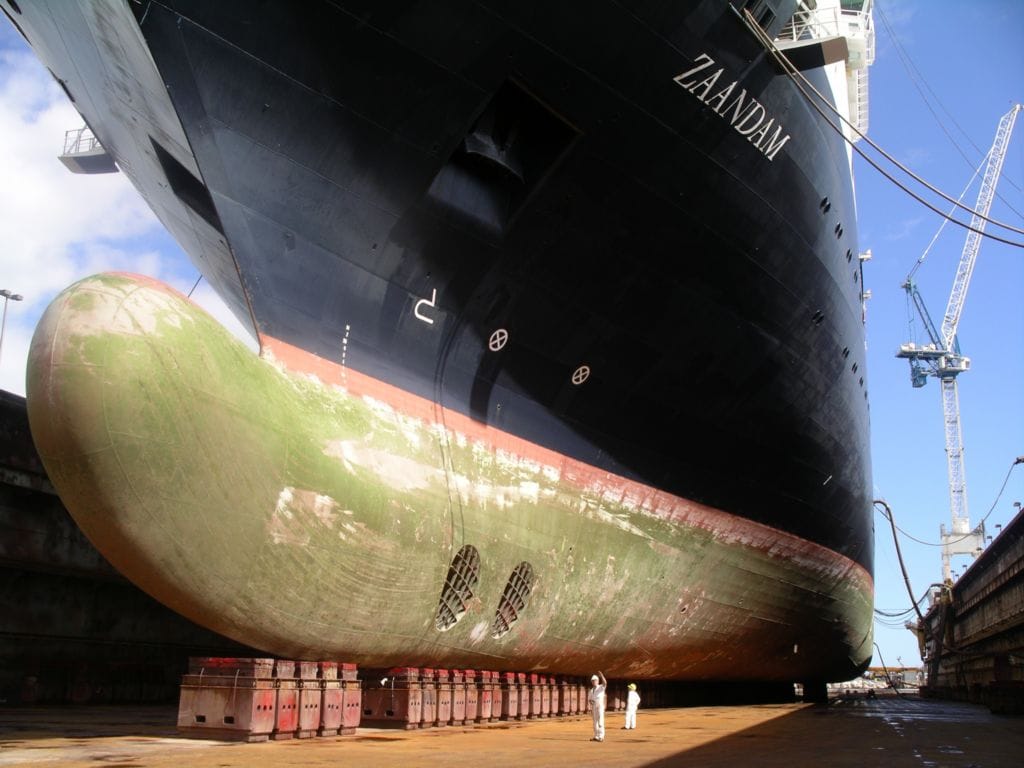
In AISTER we have built with Navantia Sistemas the first aluminum boat USV / Unmanned Surface Vessel with autonomous navigation capacity, in active operation in Spain, for the Port Authority of Ceuta. The boat USV VENDAVAL is the result of a collaboration of the highest level in which AISTER has proven to be a reliable partner, with the ability to solve the challenges of this pioneering project.

This vessel has autonomous navigation capacity to carry out surveillance, maritime traffic control, castaway rescue and environmental protection tasks. Navantia Sistemas was responsible for developing the software and remote-control equipment for this unit and in AISTER we have provided the integration of the mechanical and logical part, in addition to its construction in naval aluminum.
After its construction, this prototype was moved to the Navantia facilities in San Fernando, where the specific equipment was installed, and the first tests were carried out. In December 2019 it arrived at the port of Ceuta, where the remote-control system and calibration of the monitoring and control equipment and sensors were installed.
Technical characteristics of the USV VENDAVAL.
This aluminum USV / Unmanned Surface Vessel is a monohulled with an overall length of 10.23 meters, a maximum beam of 3.25 meters and a project draught of 0.60 meters. The maximum crew on board is two, with capacity for six more people, as it has the capacity to assist castaways and injured people. The installed power is a 350 HP main outboard engine and an auxiliary electric engine for emergency functions. The maximum speed is 25 knots.

Functions and equipment
The boat with autonomous navigation capacity has three fundamental functions. The first is the task of monitoring the port area and its facilities for the detection and assistance of swimmers and castaways’ persons. The second is maritime control, accompanying ships in and out of the port of Ceuta and locating and towing suspicious vessels trying to enter the Port of Ceuta. The last function is environmental protection. The boat has the capacity to identify spills from vessels and send data remotely. Additionally, it marks the contaminated area for visualization, coloring the contaminated water with an innocuous component.
To enable this aluminum USV / Unmanned Surface Vessel to carry out these functions, the boat has a hook at the stern with a one-ton pulling capacity, and a specific functionality that allows it to launch flares. In the same way, we have developed an automatic mooring system, which allows it to dock and undock autonomously, in a pontoon built specially for this project. The boat with autonomous navigation capacity also has deterrents such as speakers and police lights. Additionally, it has a video camera system that offers a 360-degree view.

Navigation modes and autonomous system
The boat has three navigation modes. The first is manual control, with a crew on board to operate the boat. The second system is the so-called remote control. Through a remote control station, located in the facilities of the Port Authority of Ceuta, a team can take over the management of the boat. In the station the navigation systems are reproduced (GPS, radar, etc.) and it is possible to visualize the environment in which the boat navigates thanks to the video camera system.
The autonomous navigation mode was achieved thanks to a previous mapping work of the dock and the waters of Ceuta, to mark the limits of navigation of the boat. To this mapping were added the navigation charts of the port of Ceuta, so it was possible to obtain the navigation environment. Within this system a series of geographical points are set, which indicate to the boat which course to follow automatically. For example, for surveillance tasks, a closed route can be established.

What was the main challenge for AISTER?
The biggest challenge for AISTER for the construction of this aluminum boat USV / Unmanned Surface Vessel was the integration of software with the mechanical part, that is, that the automatisms designed by the shipyard were able to work in response to the orders generated by the software developed by Navantia. This development had an added difficulty, due to the simplicity of most of the equipment installed, not prepared for remote operation.

Collaboration AISTER and Navantia
This collaboration between AISTER and Navantia has been successful for both parties and opens a possible line of future work in a field in full growth. This project has meant a considerable effort in terms of technology development and inventiveness, both for Navantia and AISTER.
AISTER; we are an aluminum shipyard located in the Ria de Vigo, specializing in the construction of aluminum boats, which offers custom designs that meet the needs of our customers, with a team with extensive experience in the naval sector. Meet some of our latest projects built HERE.


 más información
más información 
